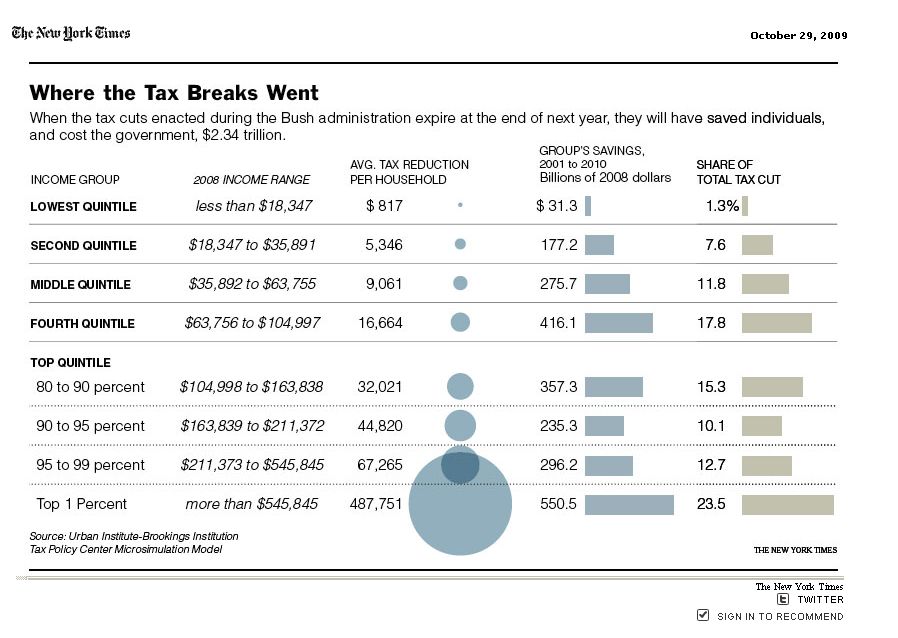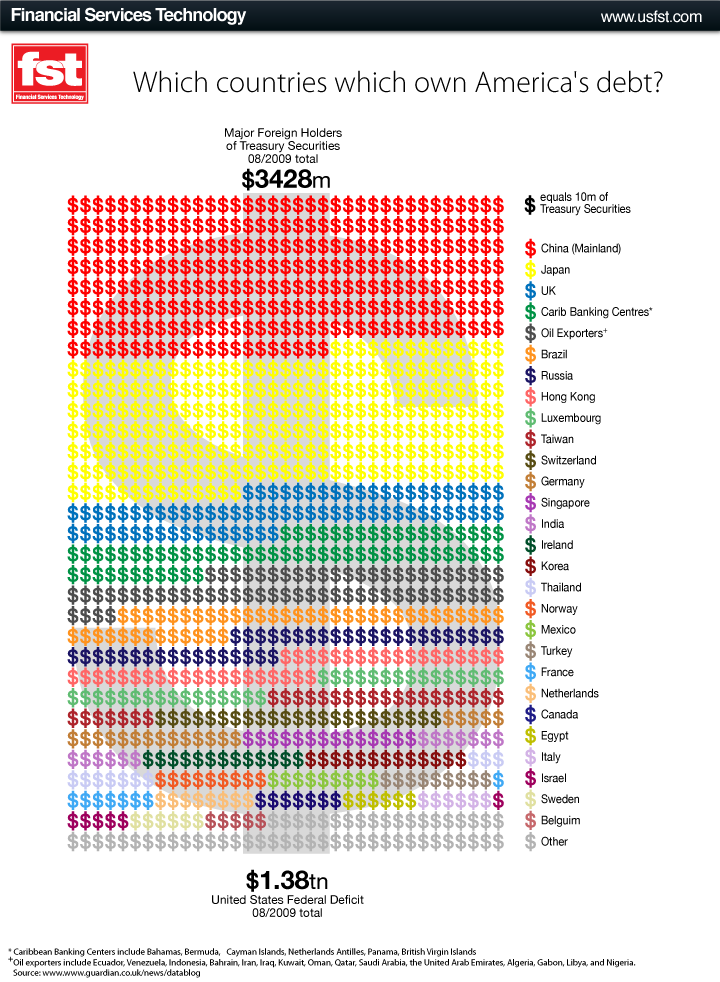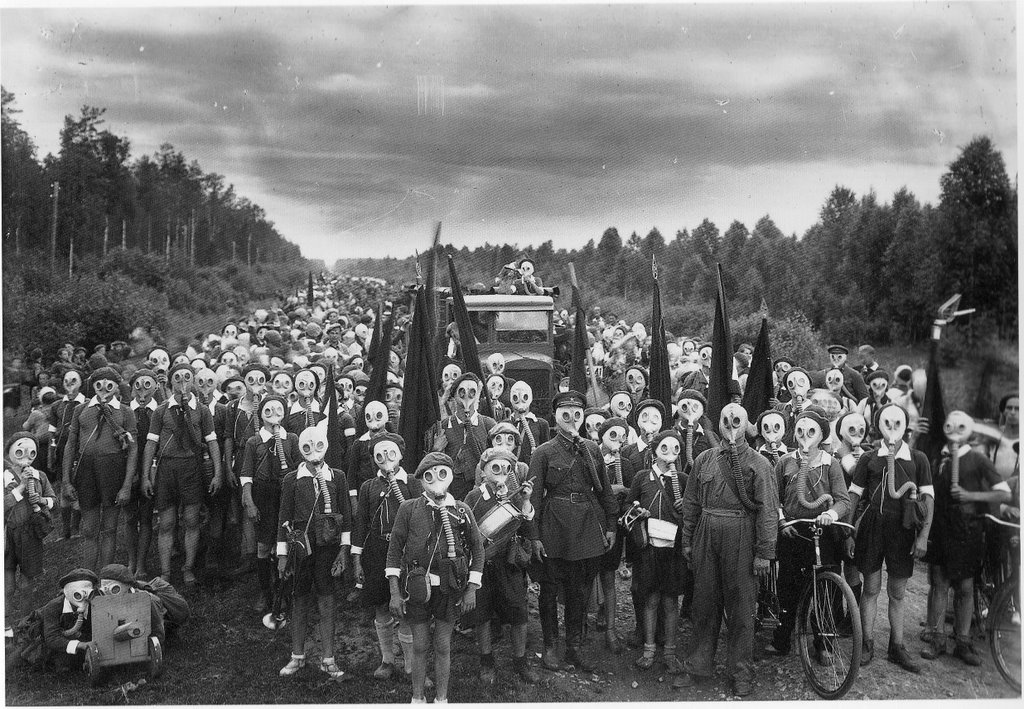Last week the New York Times released this table illustrating who benefited the most from the Bush tax cuts. As you will see, people in the top 1% of income, making more than $545,845 a year benefited, by leaps and bounds, more than anyone else. And their share of the tax cut? Almost a quarter went to the top 1%.

Also see our post on social class and the tax burden.
Via MontClair SocioBlog.
—————————
Lisa Wade is a professor of sociology at Occidental College. You can follow her on Twitter and Facebook.




